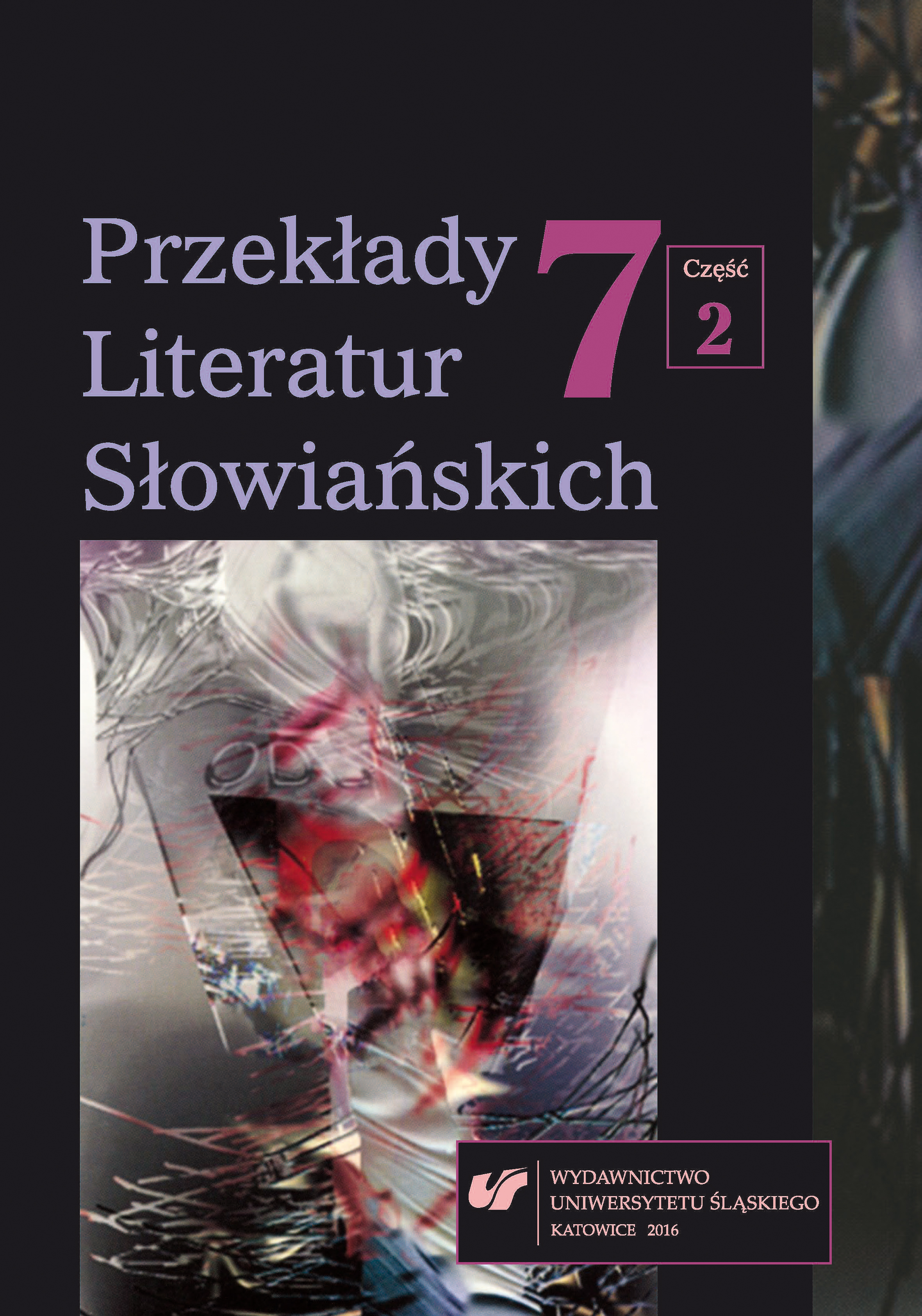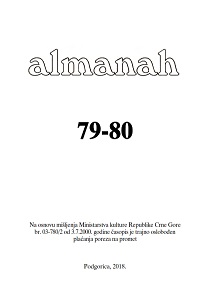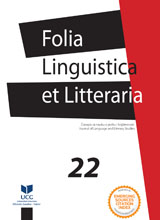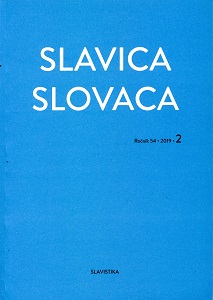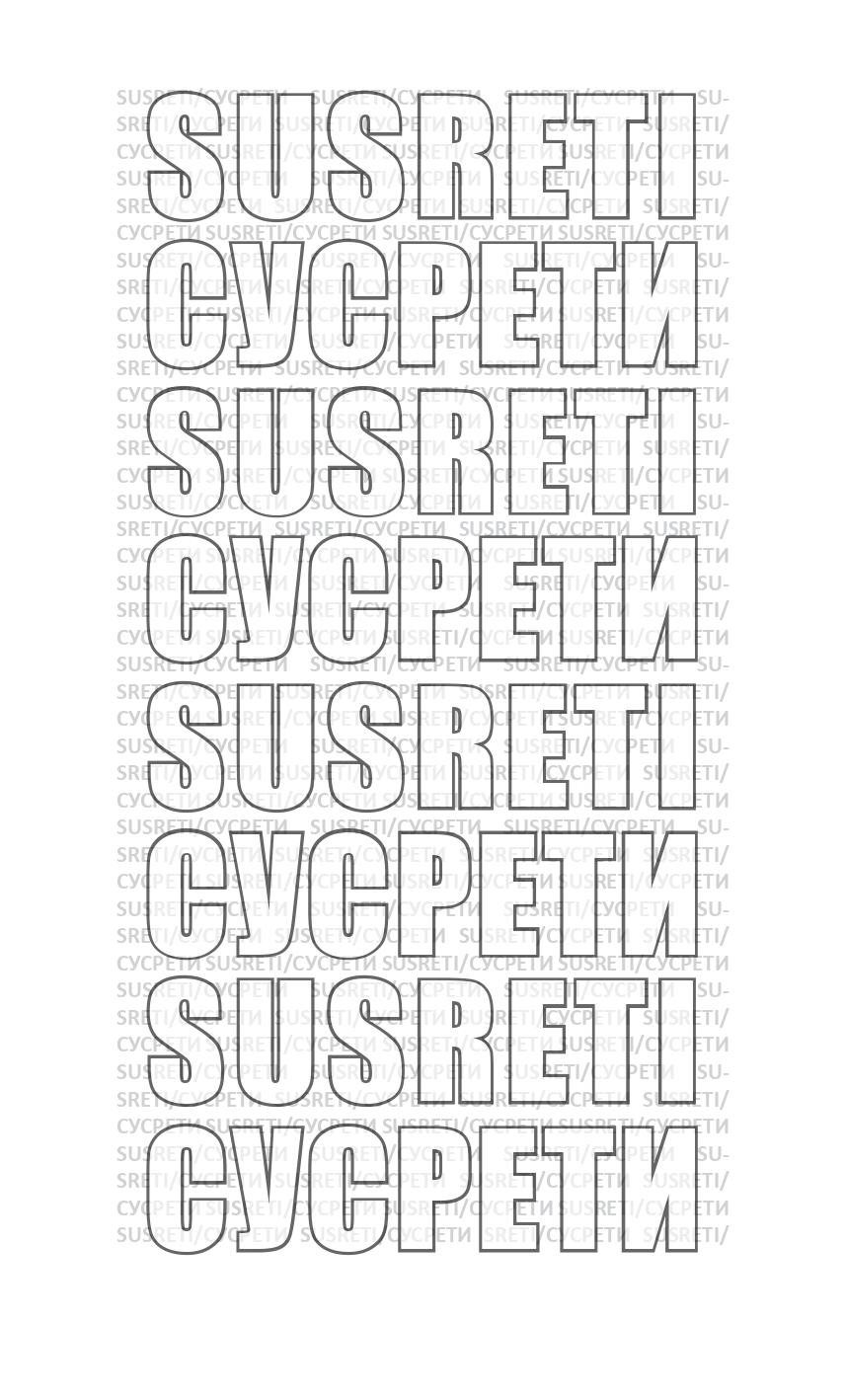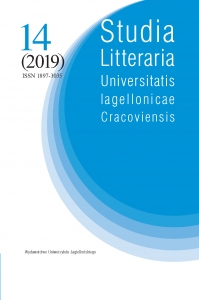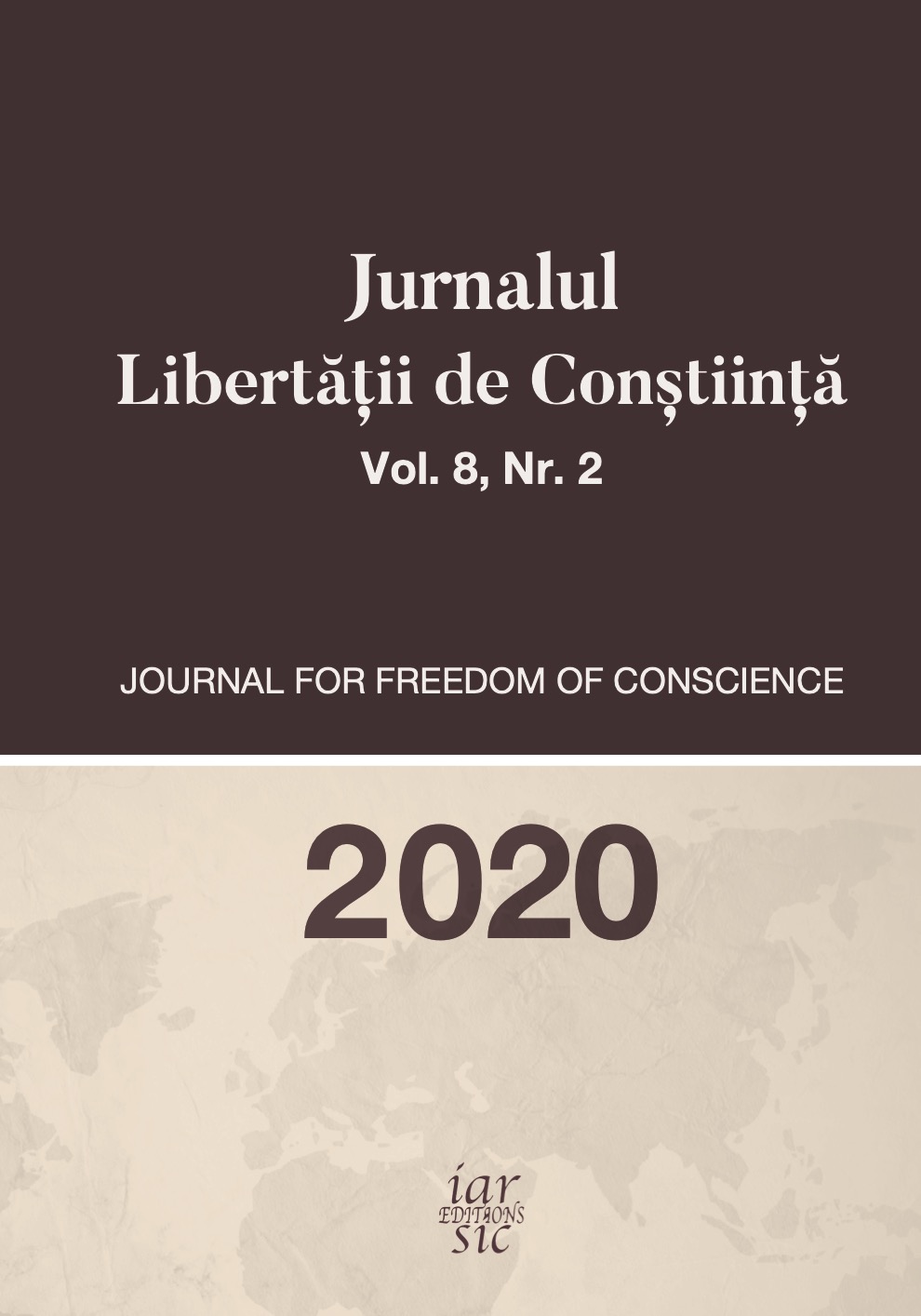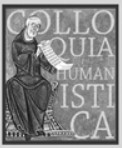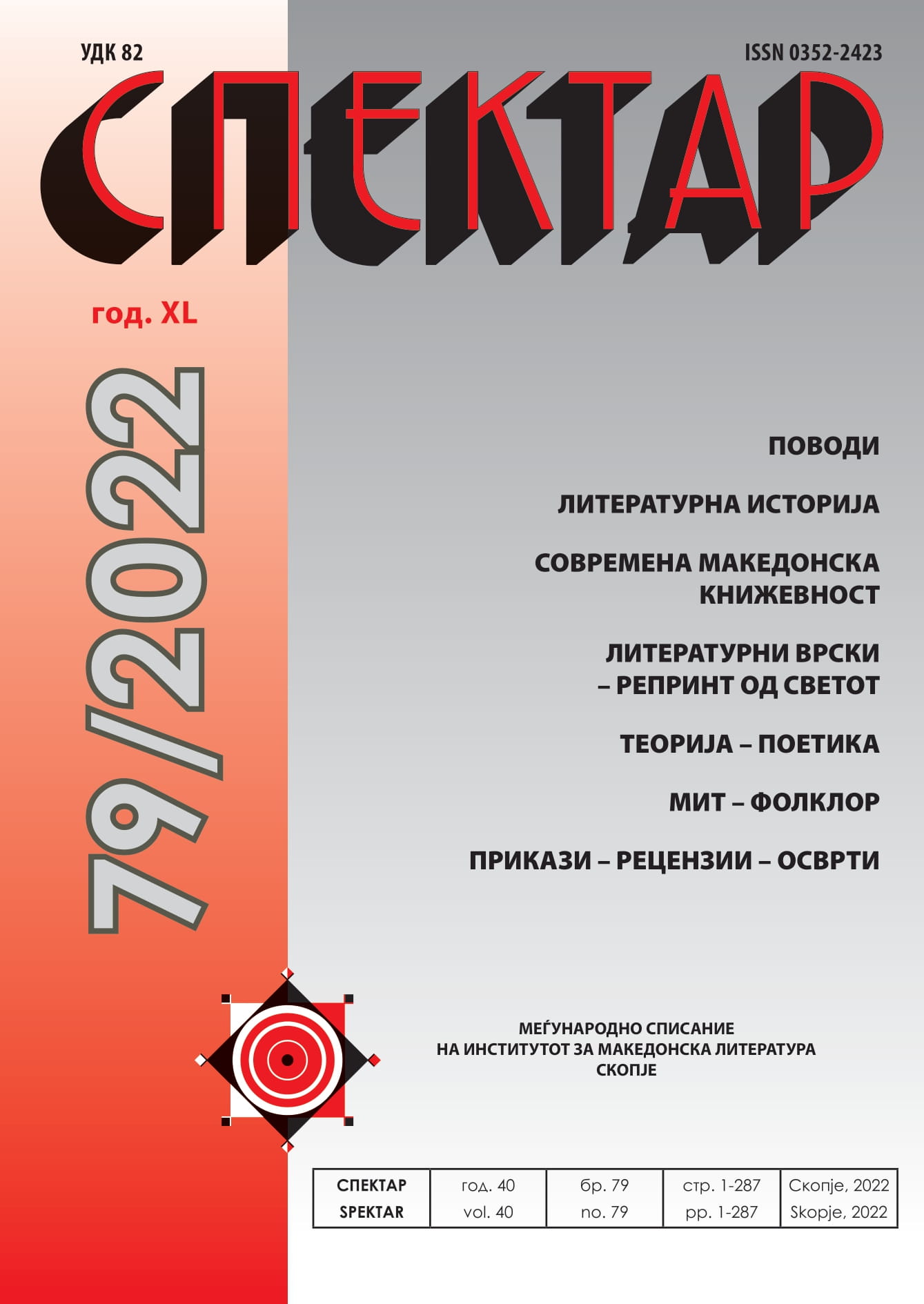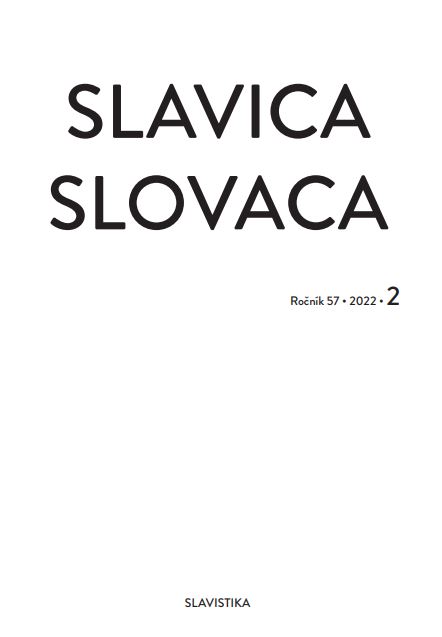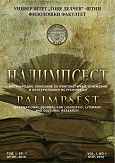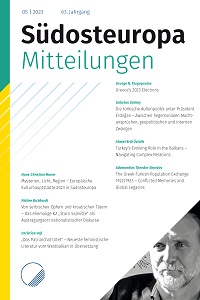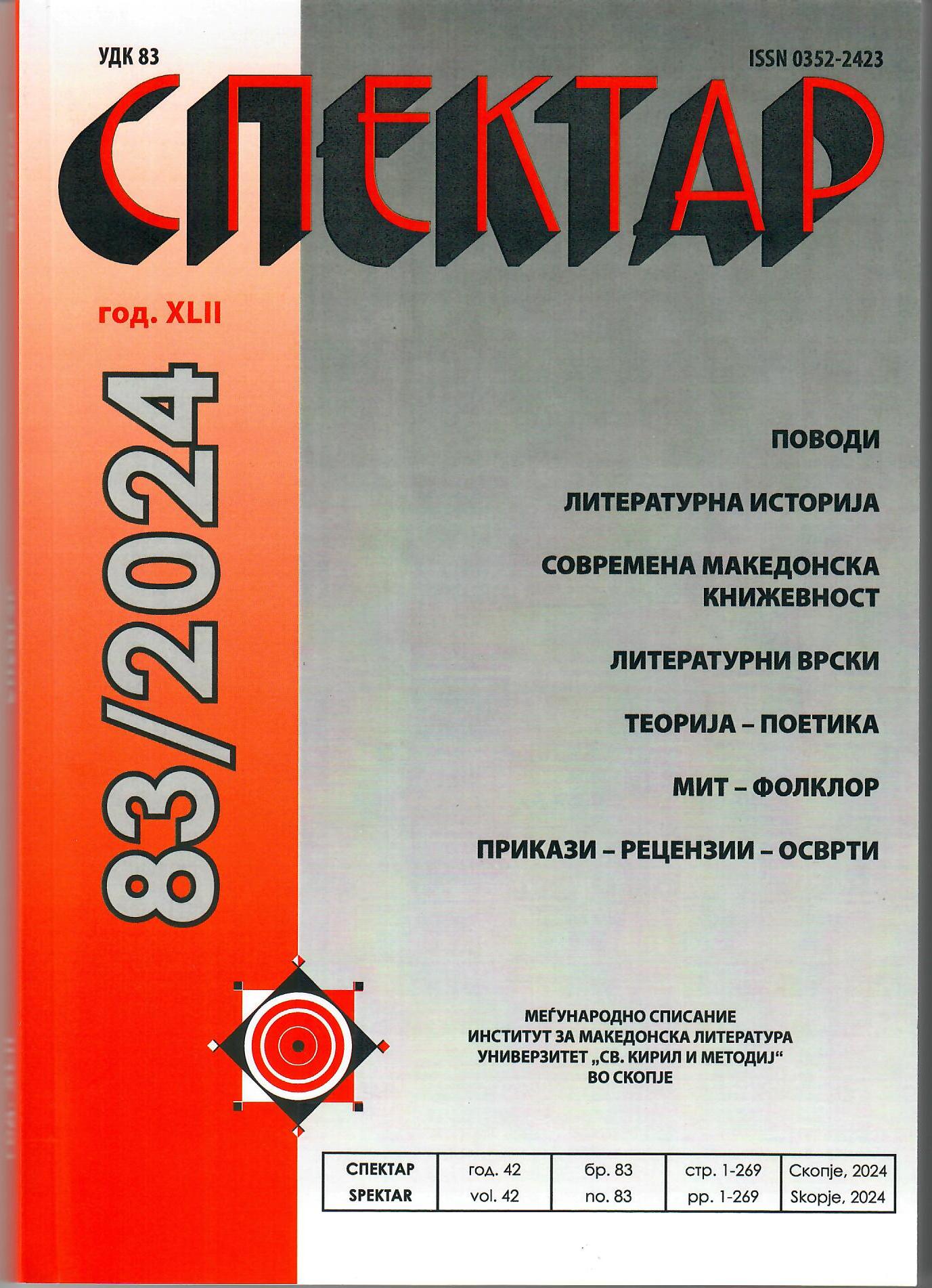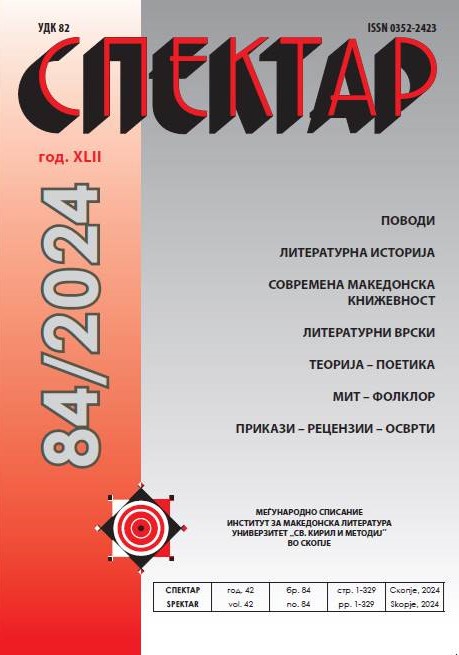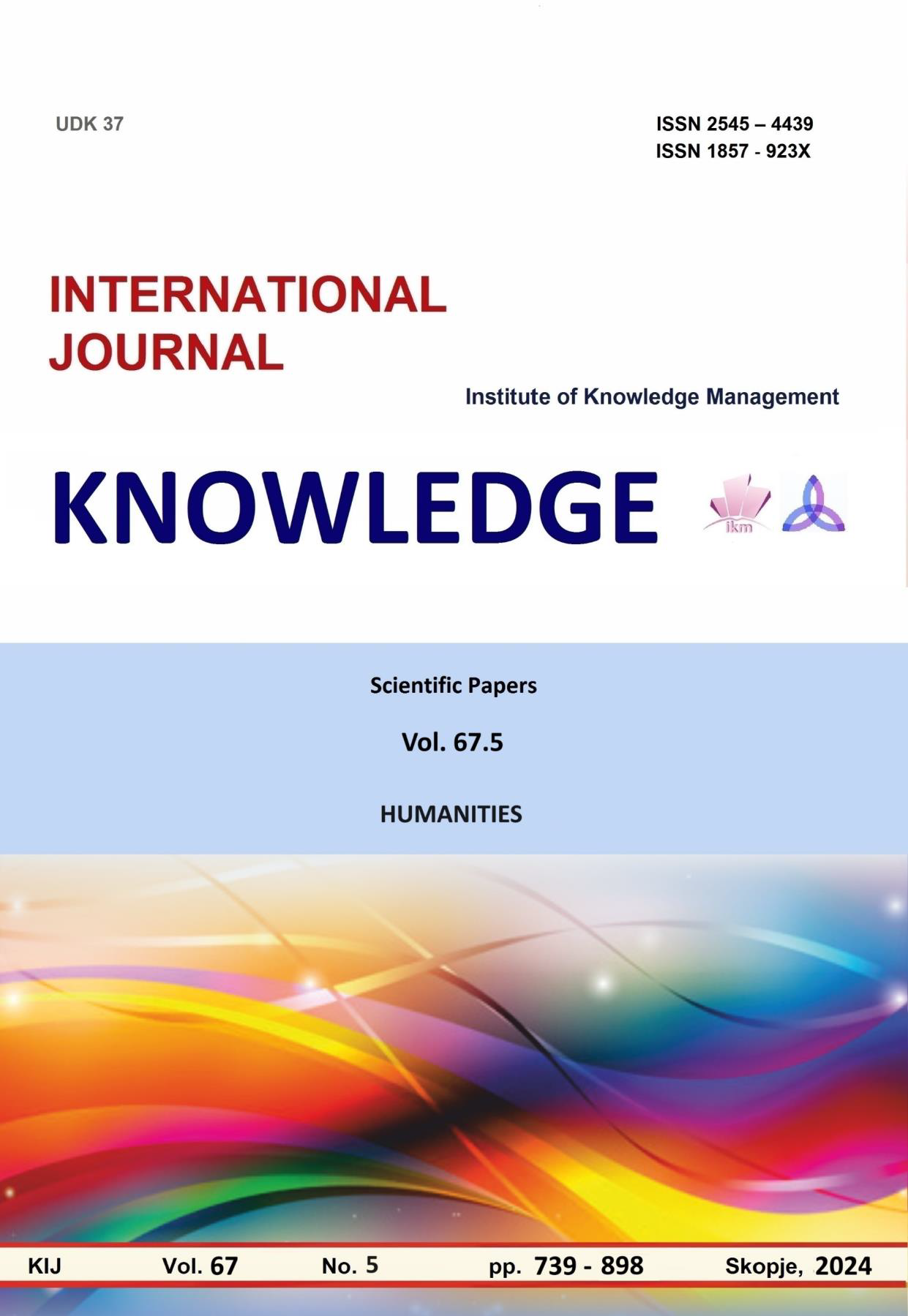Author(s): Ivo Mijo Andrić,Jovanka Stojčinović Nikolić,Srđan Vukadinović,Milijan Despotović,Žarko Milenić,Nikola Šimić Tonin,Anto Zirdum,Leontin Čapo Milenić,Melida Travančić,Dušan Jevtić,Suada M. Kovačević / Language(s): Bosnian,Croatian,Serbian
Issue: 1-2/2020
Book-Reviews:
Ivo Mijo ANDRIĆ, RIJEČ U KORIST DJELA. Vasil TOCINOVSKI: SUŠAČKO POPODNE, Akademski pečat, Skopje - HKD Rijeka, 2015.
Ivo Mijo ANDRIĆ, NEVELIKA KNJIGA VELIKIH MISLI. Tomislav SUPEK: AFORIZMI O ŽENAMA I BRAKU, Studio Moderna d.o.o, Zagreb, 2018.
Ivo Mijo ANDRIĆ, PUT OD DANAS DO SUTRA. Minela MORANJKIĆ ĆOSIĆ: CESTA ZA NIGDJE, Grafit, Lukavac, 2018.
Јованка СТОЈЧИНОВИЋ НИКОЛИЋ, ИСКУШЕЊЕ ПОЧЕТКА. Мелида ТРАВАНЧИЋ: СМРТ У ОГЛЕДАЛУ, IK Lijepa riječ, Тузла, 2019.
Srdjan Vukadinović, NOVI KARAKTERNI OBRIS JUNAKA. Žarko MILENIĆ: LIR, BIVŠI KRALJ, Umetnička akademija Istok, Knjaževac, 2018.
Милијан ДЕСПОТОВИЋ, ДОБРИ ПУТЕВИ ПРОМИСЛИ. Јованка СТОЈЧИНОВИЋ НИКОЛИЋ: УПОРЕДНИ ПУТЕВИ, Артпринт, Бања Лука - ЈУ Народна библиотека Добој, 2018.
Žarko MILENIĆ, SLOJEVITI ROMAN Božidar STANIŠIĆ: ŽIRAFA U ČEKAONICI, Ultimatum, Beograd, 2018.
Nikola ŠIMIĆ TONIN, SRCE JE DOMOVINA LJUBAVI, UM JE NJENO UTOČIŠTE. Muniam ALFAKER: ODIJELO BEZ TIJELA, prevela sa danskog Milena Rudež, Književni klub P. N. Brčko Distrikt BiH, 2019.
Anto ZIRDUM, Nikola ŠIMIĆ TONIN: POZDRAV IZ VITEZA. Viteški ambijentalni teatar Vitez - Hrvatsko književno društvo, Rijeka, 2019.
Leontin ČAPO MILENIĆ, ŽAR-PTICA I SIMBOLIKA ELEMENATA Ema K. BOTICA: NOSITELJ ELEMENATA, Naklada Bošković, Split, 2019.
Мелида ТРАВАНЧИЋ, ИЗГУБЉЕНИ ОБЛИК ЖИВОТА. Ранко ПАВЛОВИЋ: МАЈСТОРИ И МАЈСТОРИЈЕ И ДРУГЕ КРАТКЕ ПРИЧЕ, Албатрос плус, Београд, 2019.
Dušan JEVTIĆ, VELIKA ERUDICIJA I PRIPOVEDAČKI TALENAT. Eric JOHANSSON: KRALJEVSTVO NADE, Hangar 7, Zagreb 2020.
Suada M. KOVAČEVIĆ, CRNI I BIJELI POETSKI BISERI. Danica VLAŠIĆ: TIŠINA U BIJEGU, Vlada Brčko Distrikta BiH, 2019.
Suada M. KOVAČEVIĆ, CRNO-BIJELO U BOJI. Mirjana ĐAPO: MOŽDA I NIJE SVE TAKO CRNO, Vlada Brčko Distrikta BiH – Književni klub P. N. Brčko distrikt BiH, 2020.
More...
